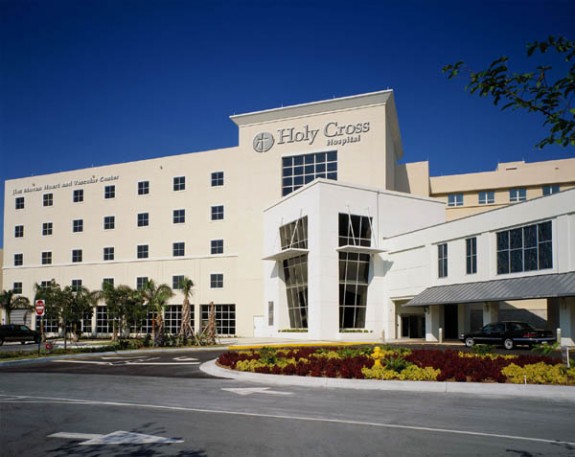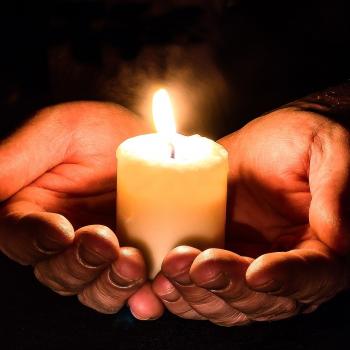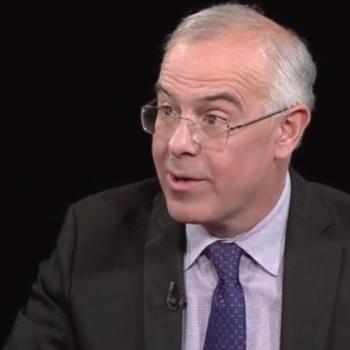In a quiet area on the 5th floor of Holy Cross Hospital in Fort Lauderdale and at St. Catherine’s Rehabilitation Hospital in Hialeah Gardens, rabbis minister to dying Jewish patients.
Rabbis from Catholic Hospice have been serving patients in the L’chaim Jewish Hospice program for 10 years.
“We recognized a need because of the large Jewish population in South Florida,” said Gael Silverman, director of professional services for L’chaim Jewish Hospice.
Catholic Hospice plans to open two facilities that will care for Jewish patients. One facility will be in westernBroward County and the other will be in southern Miami-Dade County. The program also plans to add several rabbis who will serve assigned areas.
A young Jewish woman was Catholic Hospice’s first patient when the Sisters of Mercy started the hospice under the auspices of the Catholic Archdiocese of Miami in 1988. The L’chaim Jewish Hospice program was born in 2003. The Archdiocese’s Catholic Health Services took over Catholic Hospice in 2010.
A Jewish tradition of care, of always putting the patient first,” makes the missions of Catholic Hospice and its L’chaim program very similar, said Bonnie Alkema, Catholic Hospice executive director.
Alkema said Catholic Hospice began training its patient care staff in Judaism’s “underlying foundation” and traditions in 2008. “End of life is so important. Those traditions and knowledge affect how you end your life, how you die and what you need at the time of death,” she said.
Rabbi Ira Eisenman, who joined L’chaim Jewish Hospice 18 months ago, provides pastoral care and offers “counsel, comfort and advice” to patients. “I am there to answer questions and help them get through a very difficult situation and ease their [emotional] pain, if I can,” he said.
Commenting on the Catholic-Jewish relationship, Eisenman said, “Our relations couldn’t be better. Catholic Hospice itself is a family. We’re all working together toward one goal — the best possible treatment of our patients and their families.
“In some ways, it’s surprising,” he said. “On the other hand, as a clergyman I would expect nothing less, at least from the other clergy. It comes from them first. They were very respectful of me from the first day I stepped in the door.
“It’s a two-way street,” Eisenman added.
“The religious question has always been what happens after death,” he said. “It has never been [about] what’s hanging on the wall.”












